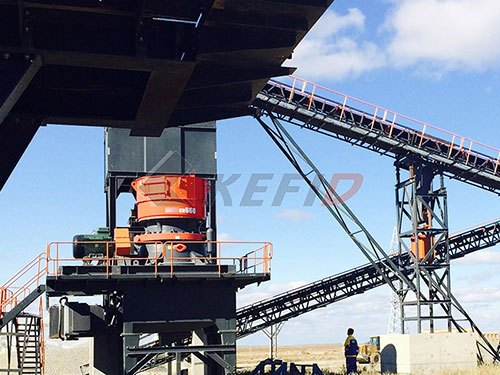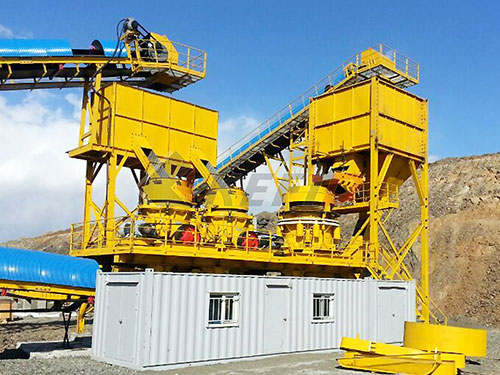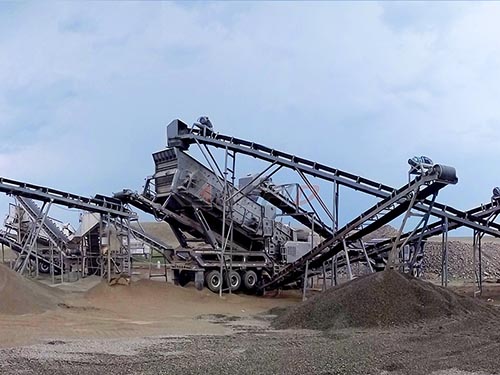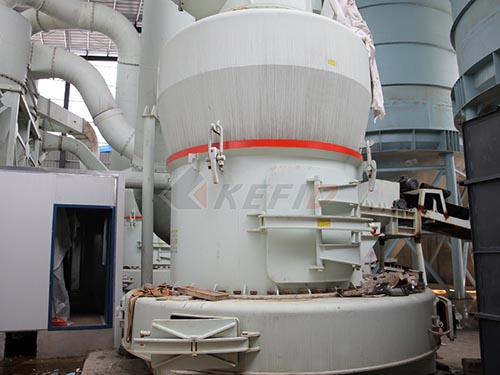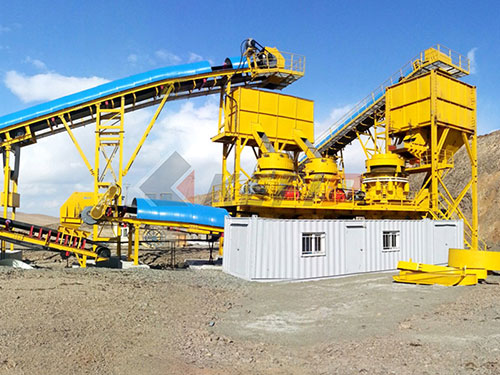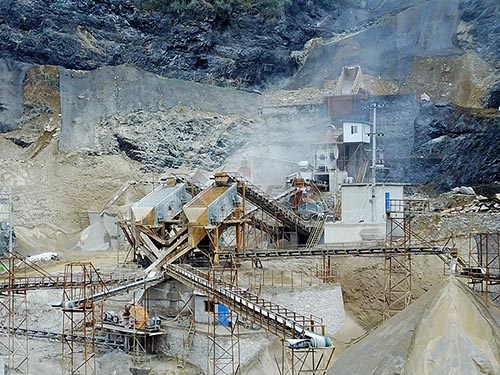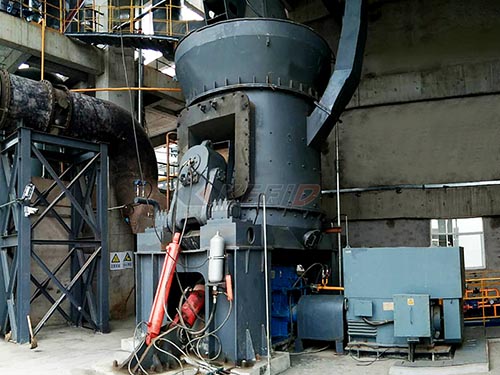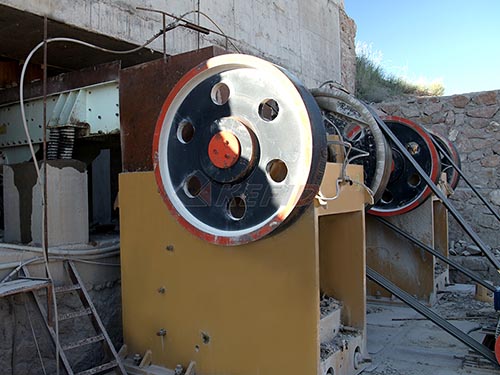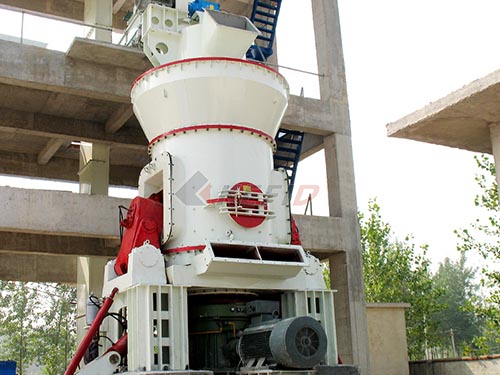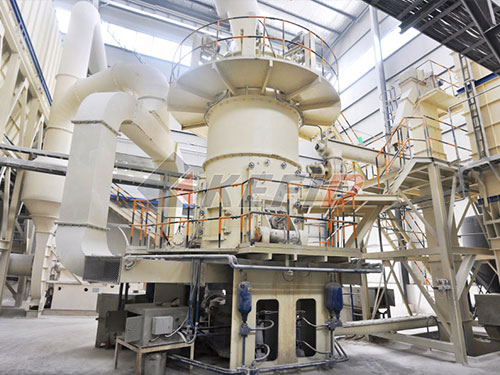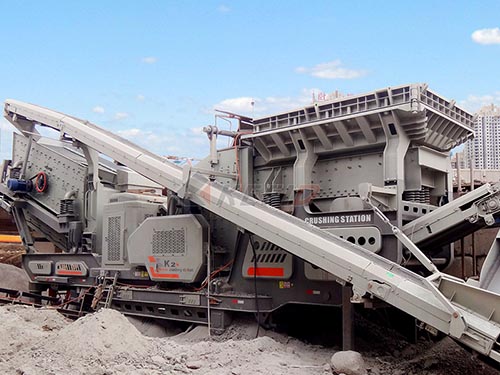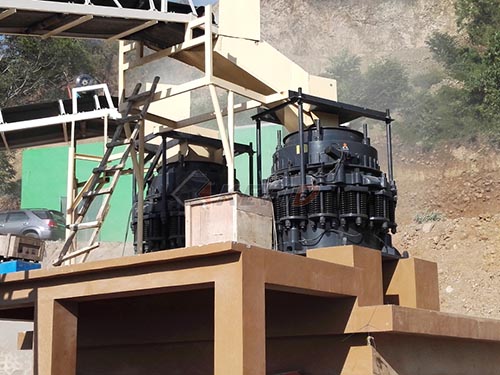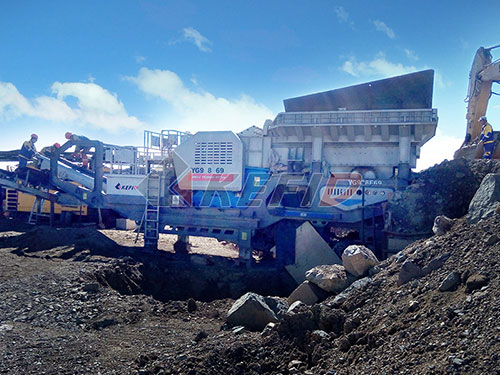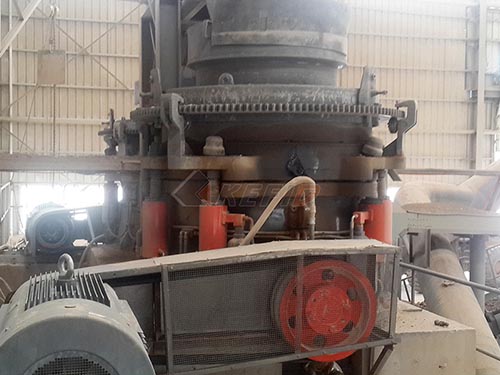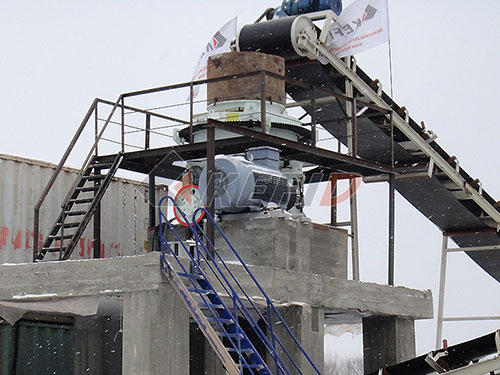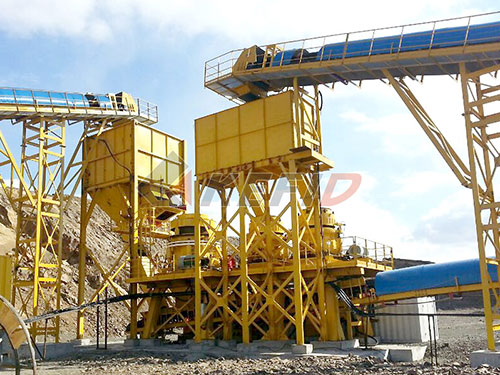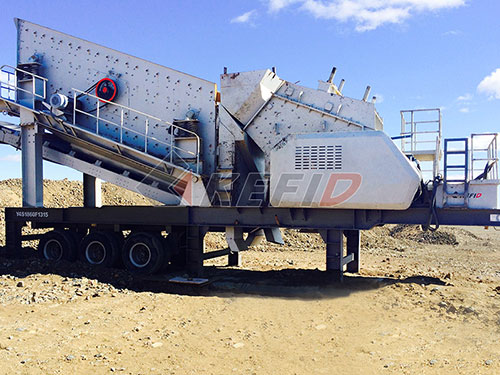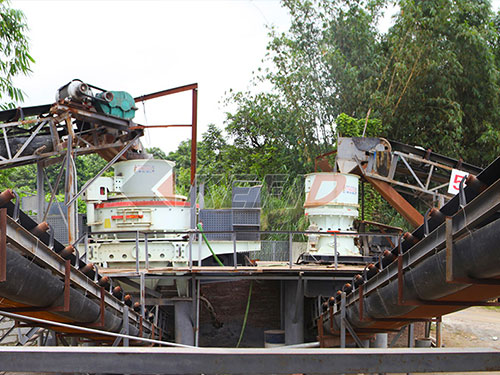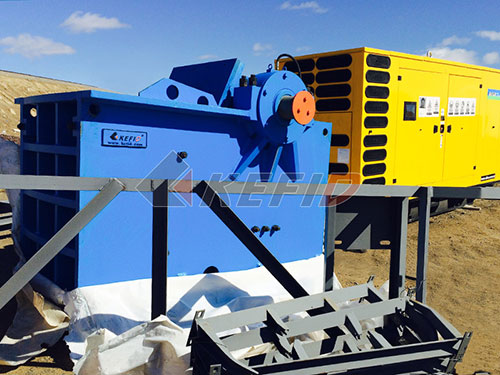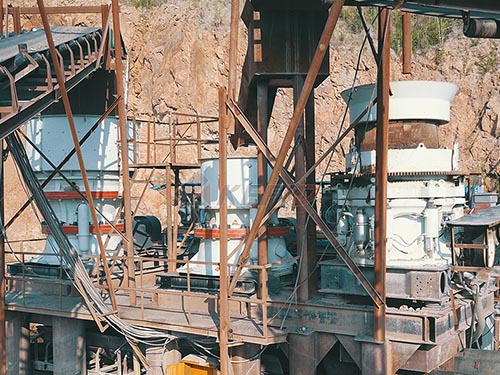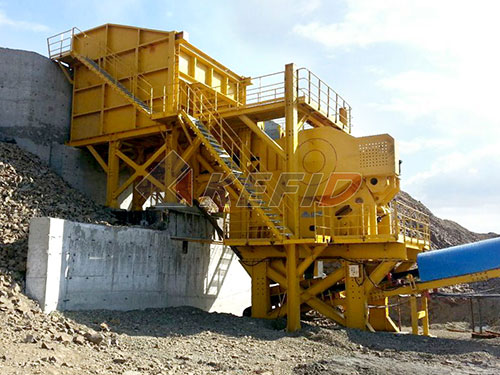Demystifying Crusher Foundation Costs in South Africa: A Practical Guide for Smart Investments
Designing and constructing a robust foundation for crushers is not merely a line item on a budget sheet; it’s the bedrock upon which the safety, longevity, and operational efficiency of your entire crushing circuit rests. In South Africa’s demanding mining and quarrying environment, underestimating this critical component can lead to catastrophic failures, costly downtime, and significant safety hazards. This comprehensive guide delves into the intricate factors influencing crusher foundation design costs in South Africa, moving beyond simplistic price lists to empower you with the knowledge needed for informed budgeting and successful project execution.
Understanding the Core: Why Foundation Design is Paramount
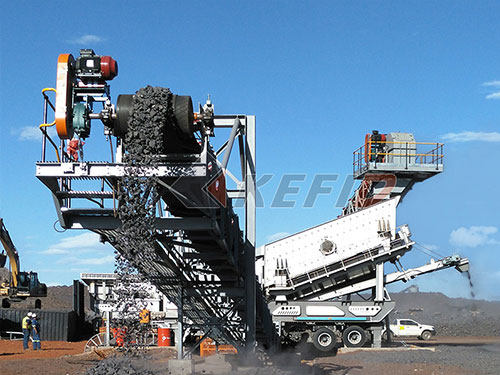
A crusher foundation is far more than a slab of concrete. It must:
1. Resist Immense Dynamic Loads: Crushers generate significant vibrations, impact forces, and operational loads during crushing cycles. The foundation must absorb and dissipate these forces effectively to prevent structural damage to the crusher itself and surrounding infrastructure.
2. Ensure Precise Alignment: Crushers require precise alignment for optimal performance (e.g., mantle and concave positioning) and to prevent premature wear. A poorly designed or settling foundation compromises this alignment rapidly.
3. Minimize Vibration Transmission: Excessive vibration transmitted through the ground can damage nearby structures, equipment, and be a major nuisance or hazard for personnel.
4. Provide Long-Term Stability: Foundations must withstand weathering, potential groundwater effects (especially relevant in certain South African regions), and maintain integrity over decades of operation.
The Cost Equation: Variables Influencing Price
Pinpointing an exact “price” for a crusher foundation design in South Africa is impossible without detailed project specifics. Costs are highly variable and depend on a complex interplay of factors:
1. Crusher Type & Size (Capacity):
Type: Jaw crushers, gyratory crushers, cone crushers (secondary/tertiary), impact crushers (HSI/VSI) – each generates different load patterns (more impact vs. more constant force) and vibration characteristics.
Size/Capacity: Larger crushers handling hundreds or thousands of tons per hour impose vastly greater static (weight) and dynamic loads than smaller units. The foundation mass and reinforcement requirements scale dramatically.
2. Geotechnical Site Investigation (Crucial!):
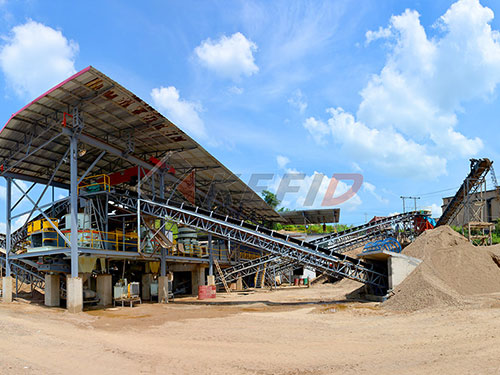
Soil/Rock Properties: Bearing capacity, shear strength, stiffness modulus, depth to bedrock
